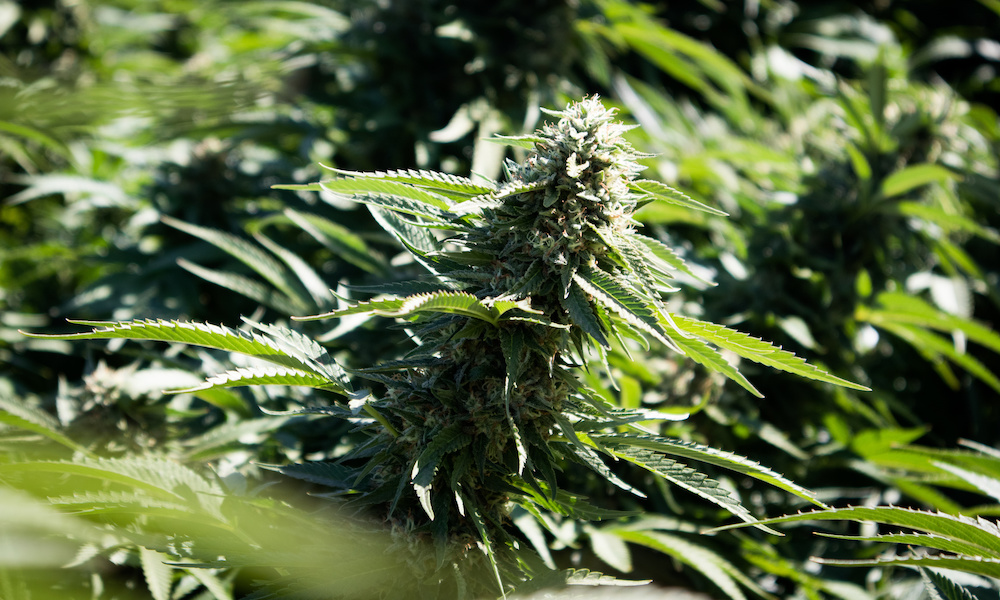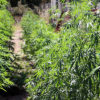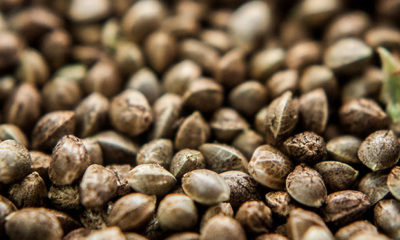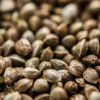
Cultivation
A Brief Guide to Harvest Time
It’s that time of year again!
There are signs that the most special time of year has come. The sun dips lower in the sky every day and the temperature drops. The leaves on the plants turn yellow and begin to die. The colas swell to almost forearm size. Why it must be harvest time.
All of the grower’s hard work culminates in an organized frenzy of chopping branches and moving them to the safety of a drying room. All manner of structures are used for drying, from yurts to containers and attics and spare rooms. Oftentimes harvest is dictated by when the rains come. If they hold off, people will let their plants go in order to get more weight and potency. Early rain leads to a mad dash for the hills and a frenzy of branch-chopping. Whether it rains or not, many of the delicate trichomes are lost at harvest. The best farmers are the ones who can be as careful as possible during takedown. Trichomes are delicate and the sheer amounts of flowers many sungrown farmers are harvesting make it difficult to be too careful.
Once the branches are cut, they are transferred to a drying room. During this time, the most important elements to control are humidity and heat. Similar to lamp-grown cannabis, humidity between 45 percent and 55 percent with temps below 80 degrees are optimal for the drying process. Depending on the size and density of the buds, drying can take anywhere from 10 days to two weeks.
The farmers should have already removed the fan leaves as they die back before harvest. The sugar leaf now curls up around the bud protecting the delicate calyxes. The next four to six weeks are arguably as important as any other part of the cycle. Many great harvests have been ruined in the drying and curing process. Dry it too fast, and the chlorophyll gets locked into the leaf. Too slow and mold can develop. Curing is an art form. Although no amount of curing can turn mediocre cannabis into super herb, you can certainly easily ruin good cannabis.
During the drying time, the farmer is busy lining up a trim crew. A fascinating specialized economy occurs every fall in grow country. Friends of the family and itinerant trimmers from all over the world descend on Northern California to work for six to eight weeks manicuring the harvest. Trim scenes can run from the posh with catered meals and nice accommodations to rustic living in tents, eating beans and rice.
One of the biggest challenges is keeping trimmers down on the farm and away from town where their presence can attract unwanted attention. Most folks are paid by the pound with between 150-200 per pound being the average wage. Some still pay 20/hr but it’s usually in everyone’s best interest to go by weight. A pound a day is average, but many pros can easily trim 2 pounds a day. People travel from all over the world to participate in this green economy.
As the trimmed cannabis begins to pile up, the farmer either puts in into containers for storage or gets it ready for market. Unfortunately most growers are broke by the time harvest comes around and they need money to pay the trimmers. Some pay more than the going rate if they can pay in cannabis rather than cash. Most folks want cash though and that puts pressure on the grower to move some product. Thus the great southern migration of cannabis begins again.
TELL US, do you grow or trim cannabis?

























